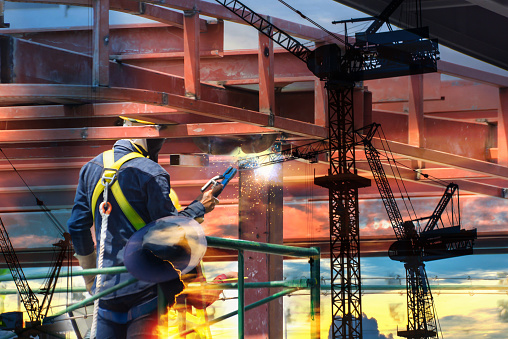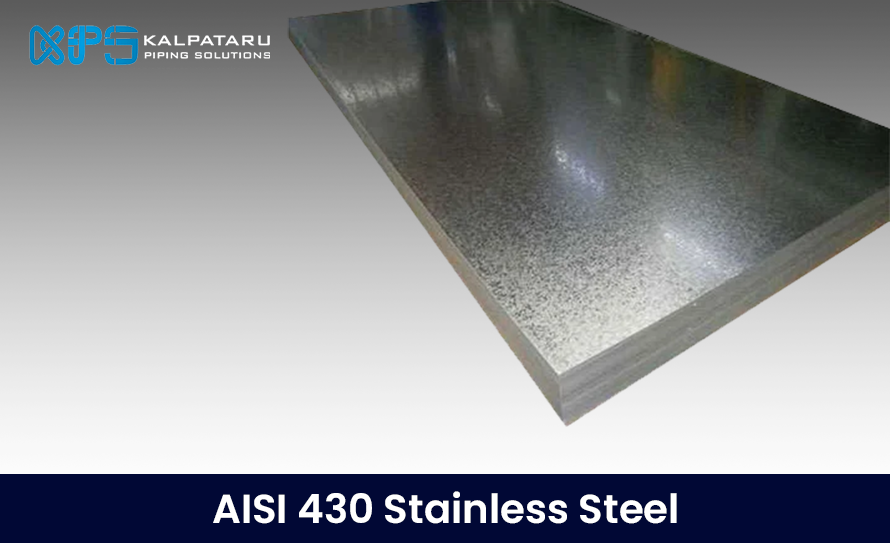Monel K-500, a popular nickel-copper superalloy from Special Metals, has many of the same advantages as Monel 400, but with added strength and hardness. These advancements are the result of two major factors:
- Aluminum and titanium are added to an existing strong nickel-copper basis to increase strength and hardness.
- Age hardening improves the material’s strength and hardness even further.
Despite its vast range of uses, Monel alloy K-500 is particularly popular in a number of sectors, including:
- Chemical Manufacturing (valves and pumps)
- Production of Paper (doctor blades and scrapers)
- Gas and Oil (pump shafts, drill collars and instruments, impellers, and valves)
- Sensors and electronic components
Monel K-500 is made up of the following elements:
- Nickel is 63 percent (plus Cobalt)
- 0.25 percent carbon dioxide
- Manganese is 1.5 percent of the total.
- 2 percent iron, 27-33 percent copper, and 2 percent aluminum 3.15 percent 2.30-3.15 percent
- Titanium 0.35 percent to 0.85 percent
In comparison to other superalloys, Monel K-500 is recognized for its simplicity of manufacturing and the fact that it is basically nonmagnetic even at low temperatures.
It’s available in a variety of formats, including:
- Bar and Rod (hot-finished and cold-drawn)
- The sheet (cold rolled)
- Slash (cold rolled, annealed, spring tempered)
- Seamless tubes and pipes (cold-drawn, annealed and annealed and aged, as-drawn, as-drawn and aged)
- The plate (Hot Finished)
- Cold Drawn Wire (annealed, annealed and aged, spring temper, spring temper aged)
MonelTM K-500 (UNS N05500) is an age-hardened nickel-copper alloy with two to three times the strength of Monel 400. It keeps its outstanding mechanical characteristics up to 650 degrees Celsius. It also has high corrosion resistance in chloride- and chemical-containing situations. It is frequently utilized in a variety of demanding applications due to its mix of physical and mechanical characteristics.
Kalpataru Piping Solutions is well-known suppliers of Monel K-500 solid bar, ranging in diameter from 5/8″ (15.875mm) to 10″ (254mm). We used to cast our own ingots for further processing during our company’s history, but now we work closely with our mill partners to give a competitive offering.
Our clients that produce fasteners appear to prefer bar diameters of approximately 1” (25.4mm). Fasteners may make their way into marine atmospheres, pumps and valves, as well as chemical processing sector components, due to their widespread use.
Valve makers most frequently buy somewhat bigger size bars, typically 1-2” (25.4-50.8mm), to create stems in a range of valve types. Aluminium bronze is a popular material for the cast bodies of valves that handle saltwater and chemicals, while Alloy K500 offers comparable corrosion resistance. However, because to its great strength and durability throughout a wide variety of working circumstances, it is less likely that the stem will be damaged due to abuse or the valve ‘sticking’ in operation.
Bars in the 3-4” (76.2-101.6mm) range are being ordered for a larger range of applications. Because of its great strength and endurance in a saltwater environment, Alloy K500 is known to be utilized in the manufacture of specialized marine and naval hardware. It may also be utilized to make pump shafts of these sizes, which are widely employed in firefighting and seawater-lift pump systems. Propeller shafts are a target use, although they’re not as prevalent as they once were, thanks to the reduced cost of duplex and superduplex stainless steels.
Our clients are once again using larger bar diameters in valve manufacture, ranging from 6-10” (152.4-254mm). They are, however, machined into the bodies of valves at this size of starting stock, generally for use in the chemical process sector due to the wide range of media this alloy can withstand.
Drill collars and instruments used in oil well drilling equipment are among the other uses claimed for Alloy K500, which is resistant to saltwater and sour gas conditions. It’s said to be used in aerospace applications, chemical processing equipment components including doctor blades and mixers, springs, pump sleeves, and wear rings, among other things.




